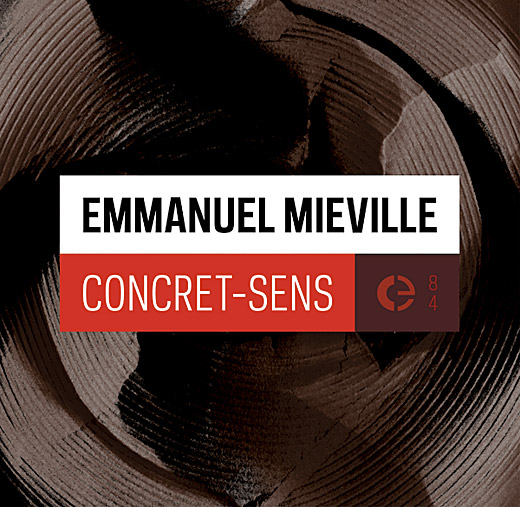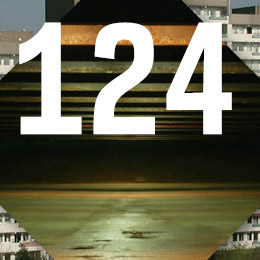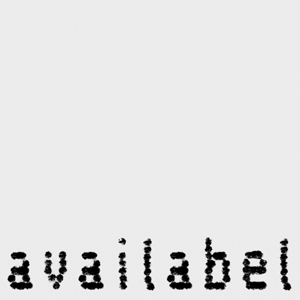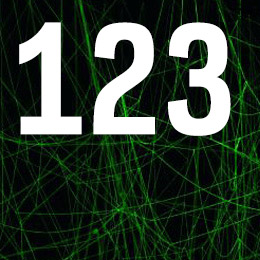
The Crónica imprint presents Never So Alone, a full-length CD by long-running sound artist Simon Whetham. Based out of Bristol, U.K., Whetham’s sonic vocation since 2005 has been laboring with field recordings. This passion has taken him all over the world in search of sounds, from the Amazon Rain Forest to (in the case of Never So Alone) the streets of Lisbon. This particular album has an interesting story behind it. Whethem experienced an expanded stay in Lisbon after european airspace was shut down because of the eruption of Iceland’s Eyjafjallajökull volcano. Taking advantage of his time there, he decided to do want any field recordist worth their salt would do; traverse the surrounding geography armed with a variety of microphones to capture the sounds around him.
Never So Alone is comprised of seven long to epic tracks of Lisbon field recordings mixed, arranged, and manipulated in impressive fashion. Most tracks start with a drone for it’s foundation, ostensibly created by the mere resonance of the city that surrounded Whetham. From there Whetham introduces a variety of sounds from the environment to layer and synthesize with the nuanced drone bases. I’m not suggesting any hint of formula in the tracks, just pointing out that most of the tracks have certain obvious components.
Take for example, the massive opening track “Inertia, Rising.†The 17:48 piece begins with a thick foundation of ethereal drone, resonating hollow and haunting. The sounds of metal rustling, scratching, and friction on a metal spring filter throughout the piece. The drone ebbs and flows, as thicker passages meld into brighter frequencies and then ramps up to booming levels. Track 3 “(Interlude, The Suspension Of Time)†blends the sounds of winds chimes, stressed metal bending and screeching, and wheels on tracks with the hollow resonance of a subway echo chamber. “Shifting†begins with what sounds like string instrument strumming (though likely mimicked by something Whethem found in his environment) and then segueways into bright beaming resonance and the pitter-patter of water on a tin roof.
The one track that does stick out from the pack is “(Interlude, Lifesigns/Ashcloud),†which begins as an abrasive swell of aquatic sounds and crashing waves. Despite the downer of a title, Whethem suggests a positive outcome. Such is the case of the disc’s final track “Accentuate The Positive.†The track starts out on a celebratory note with people laughing and engaging joyous conversation, but then fading into high end drone. The bright drone evolves into a deep organ like hum before being washed out to sea by a myriad of aquatic sounds. In conclusion, Never So Alone is another worthy effort in an endless sea of field recording offerings. For fans of Jim Haynes, Ãkos Garai, Budhaditya Chattopadhyay, and others who transform the mundane into an art form. Hal Harmon
via Musique Machine







